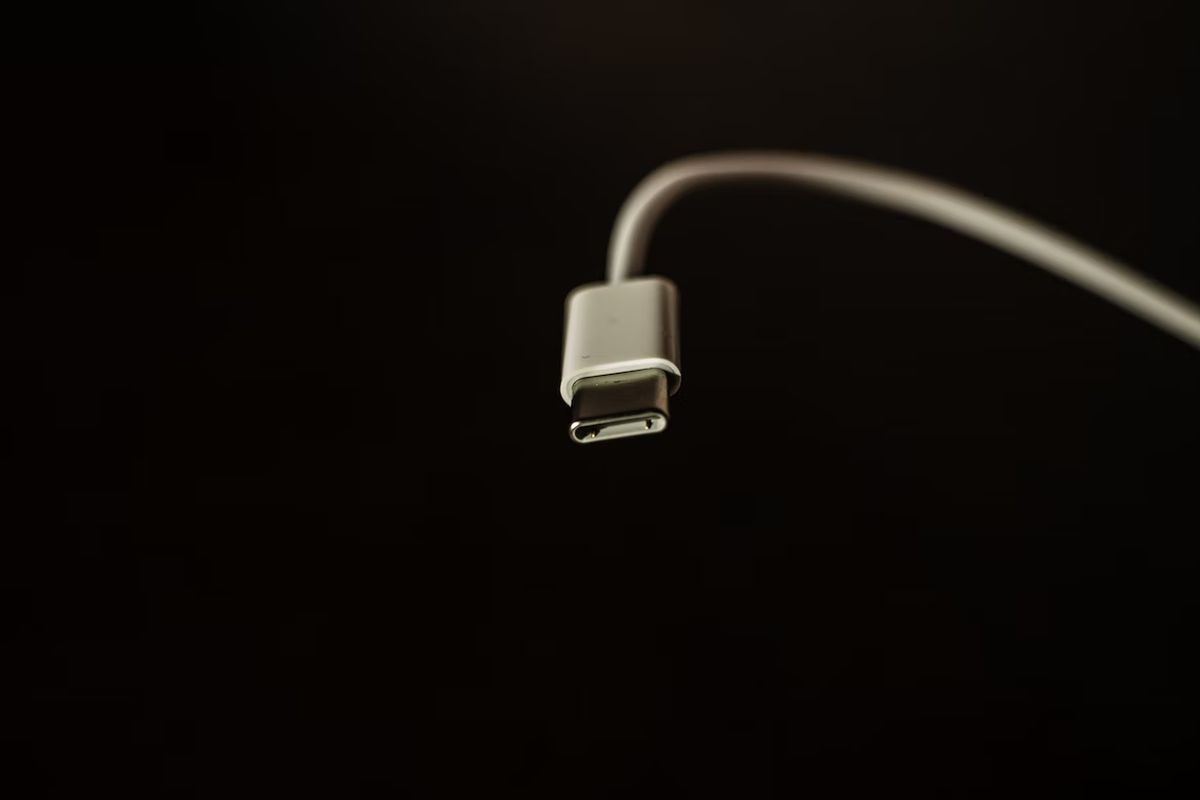Fast charging on next iPhone comes with hidden costs

According to recent reports, the upcoming iPhone 15 is poised to do away with the long-standing Lightning connector in favor of the more widely adopted USB-C standard.
However, while USB-C has become a popular choice across the tech industry, Apple is reportedly planning to place certain restrictions on its use in the iPhone. Notably, renowned analyst Ming-Chi Kuo revealed on Monday that the USB-C port on the iPhone 15 would enable faster charging rates, but only when used with certified cables.
As per Kuo's latest insights, Apple is set to optimize fast charging performance via USB-C for the iPhone 15 models. Currently, the iPhone 14 and 14 Pro devices offer maximum charging speeds of up to 20W and 27W, respectively.
This implies that users will be able to charge their iPhones at a faster rate, but only if they utilize a compatible charger. It's worth noting that Apple no longer ships the iPhone with a power adapter in the box, which means users will have to purchase a new one if they don't already own a compatible charger.
However, there's a further caveat to consider. Kuo has indicated that faster charging rates will only be achievable via Apple-certified USB-C cables. This means that even if a user has a compatible plug adapter, they may not be able to fully leverage its power without the right cable.
Earlier this year, the leaker ShrimpApplePro had already predicted that Apple would introduce MFi (Made for iPhone) certification for USB-C accessories, and cables without this certification would be subject to limited charging speeds:
Cables w no MFI will be software limited in data and charging speed
— ShrimpApplePro ? (@VNchocoTaco) February 28, 2023
Nevertheless, this doesn't mean that users won't be able to utilize any USB-C cables with their iPhone 15. They simply may not be able to achieve peak performance without the right certification.
Additionally, Kuo's recent report revealed that while the entire iPhone 15 lineup will feature a USB-C port, only the Pro models will support USB 3.2 for faster data transfer rates. In contrast, the standard iPhone 15 models will continue to utilize the slower USB 2.0 standard.
A similar situation has occurred with the iPad, as the iPad 10 features a USB-C port but with limited 2.0 speeds. On a related note, Kuo has also indicated that Apple is projected to increase shipments of its 20W USB-C power adapter by up to 120% alongside the launch of the iPhone 15, as many users who are still relying on old chargers will need to purchase a new one with a USB-C port.

These changes are likely to affect many users who will need to purchase new Apple-certified USB-C cables or power adapters to take full advantage of the faster charging speeds and data transfer rates.
While Apple is projected to increase shipments of its 20W USB-C power adapter by up to 120%, users will still need to be mindful of the cable certification to achieve peak performance. It remains to be seen how this transition will play out among iPhone users, but it's clear that USB-C is rapidly becoming the new standard for Apple's devices.
Advertisement




















If I was Apple I’d be doing the same thing… the lightning connector is quite old now, yet still totally fine and capable, if someone was forcing my hand to change how I design my products, I would also put up a fight.
I don’t think it’s fair for some over-reaching super-government entity to be able to amend a company’s technical specifications for their own product.
People have known for about 10 years+ now, that it’s best to use Apple cables/charging blocks for Apple devices, Apple have willed it to be this way, maybe through restrictive or fragile design, but whatever.
It’s within their right to do so, much like it’s within the right of the prospective buyer to choose a different product as a result.
Any big company should be able to have whatever connector on their device, mini-usb, micro-usb, lightning, we don’t need an inept, bloated organisation like the EU forcing usb-c down everyone’s throat.
Another couple years old technology in one of the richest smartphones.
Other was for example, Always on Display.
Seems users need to pay for outdated technology, which are promoted as amazing, super great, etc.